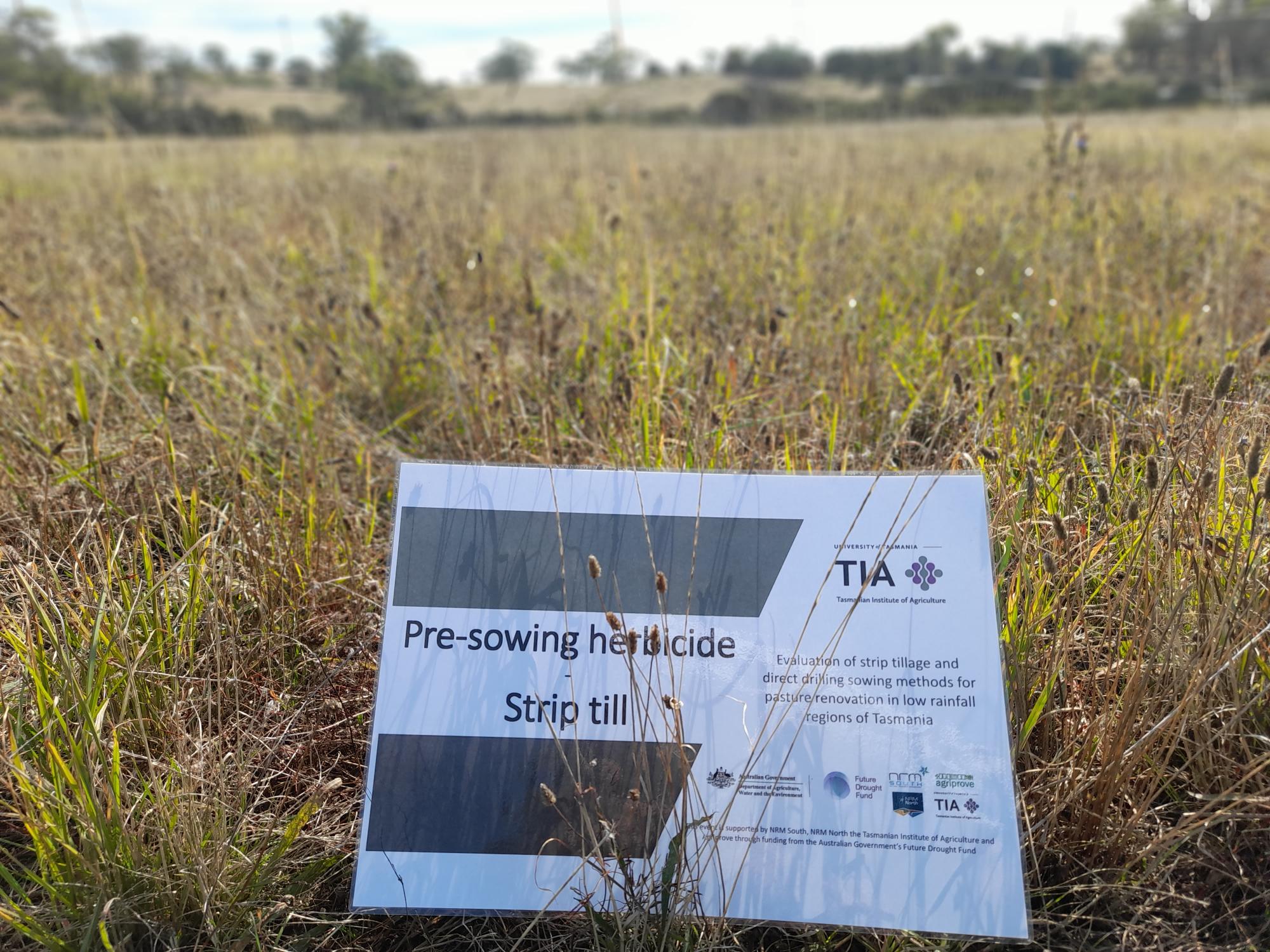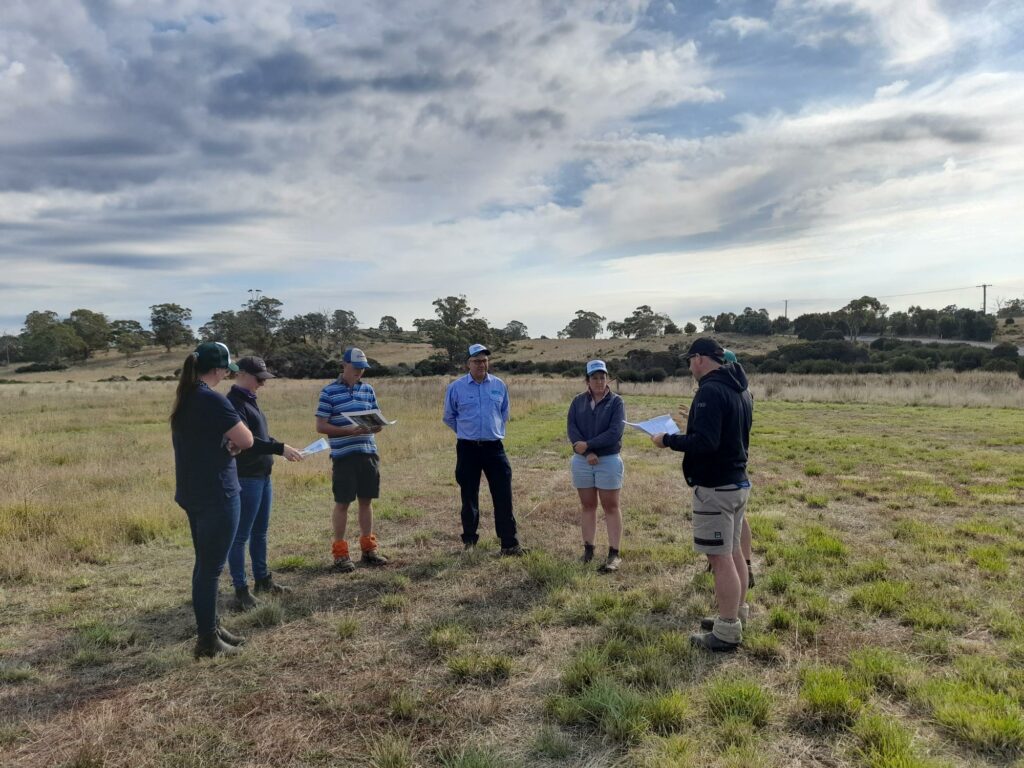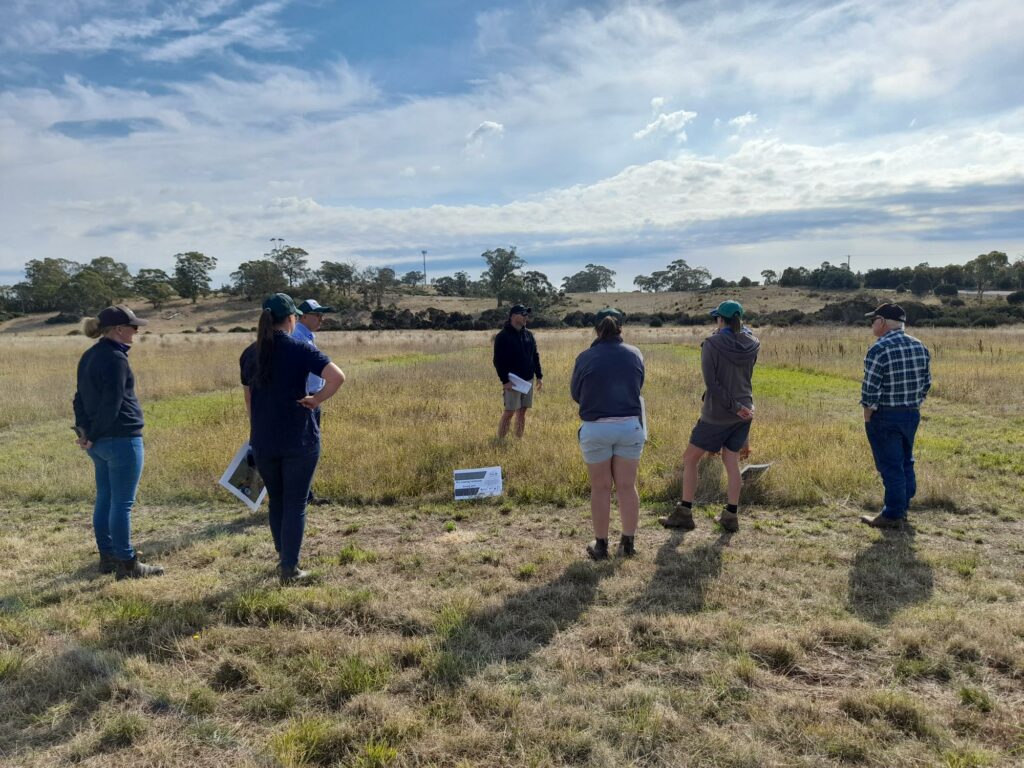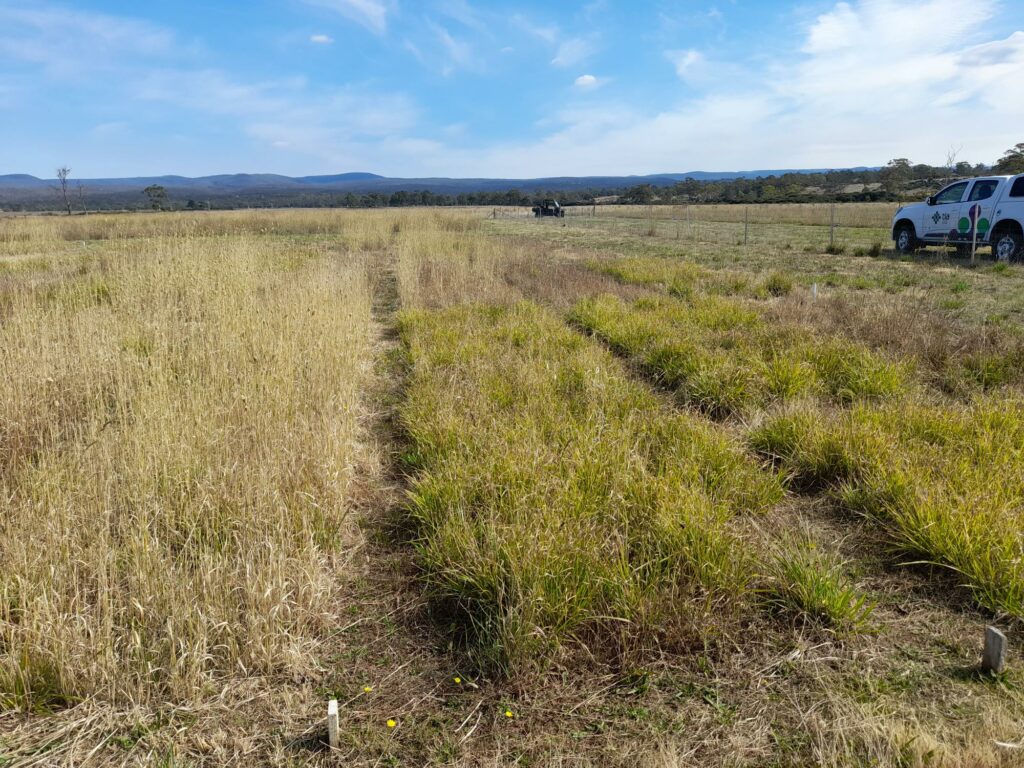During an April field day at Milton on the east coast, we revisited our three pasture trials to see how different treatments and species have performed over several seasons.
The original legume trial sown in 2017 looked at the performance of various clovers under dryland and drought conditions. The second trial sown in 2019 included ‘best bet’ combinations of grass and legumes, while the third sowing in September 2021 was one of four similar trials that looked at direct drill versus strip till (with and without herbicide) into existing degraded pasture with a mix of species. This third trial investigated if strip tillage was shown to be more responsive, which would eliminate the need for full pasture renovation, reduce establishment risks and improve ground cover management.
THE 2017 TRIAL
Lucerne, red and strawberry clover have persisted well, despite the trial being sown at the end of the east coast’s last drought. Strawberry clover with its deeper roots is a good option for persistence as it can hang on in tough times and then recover when conditions improve. It would be a better option than white clover, which under east coast conditions tends to act as a transient annual similar to sub clover and will likely not persist in dryland pasture over time.
THE 2019 TRIAL
Of the grasses sown as part of this trial, Mediterranean and Phalaris have both performed well. Continental cocksfoot has been the standout pasture species in dryland for the east coast conditions as it will respond to rainfall throughout the year and provides green feed during summer if soil moisture permits.
Mediterranean cocksfoot is more summer dormant and therefore will not respond as well to summer rains but is persistent over time. Where lucerne has been sown as part of the pasture mix it has largely been outcompeted in the initial stages. It would likely perform better sown as a single species then over-sown with grasses once established.
THE 2021 TRIAL
This trial demonstrated that introducing improved species into degraded pastures with good ground cover requires a pre-sowing herbicide application in order to make significant changes to pasture composition. Direct drill plots that were treated with herbicide appear to offer the best success for pasture establishment. However, using strip tillage to introduce improved species into existing degraded pasture without herbicide also shows some promise and could be an option for producers who want to replenish a paddock without the need for much preparation or using herbicide.
Chicory was sown as part of the mix in this trial, and it performed well at all sites and produced a good amount of feed. It could be an option to broadcast with sub-clover every five years with super phosphate as part of routine pasture maintenance.
These trials have highlighted the need for allowing new pastures to establish properly before applying grazing pressure. There has been good performance at the 2021 trial where only one grazing event and a simulated grazing event (mowing) has occurred since sowing in September 2021.
We will revisit the trials again next spring to see how the situation evolves.
The trials are a collaboration between the Tasmanian Institute of Agriculture, NRM North and AgriProve and were supported by NRM South, through funding from the Australian Government’s Future Drought Fund.



